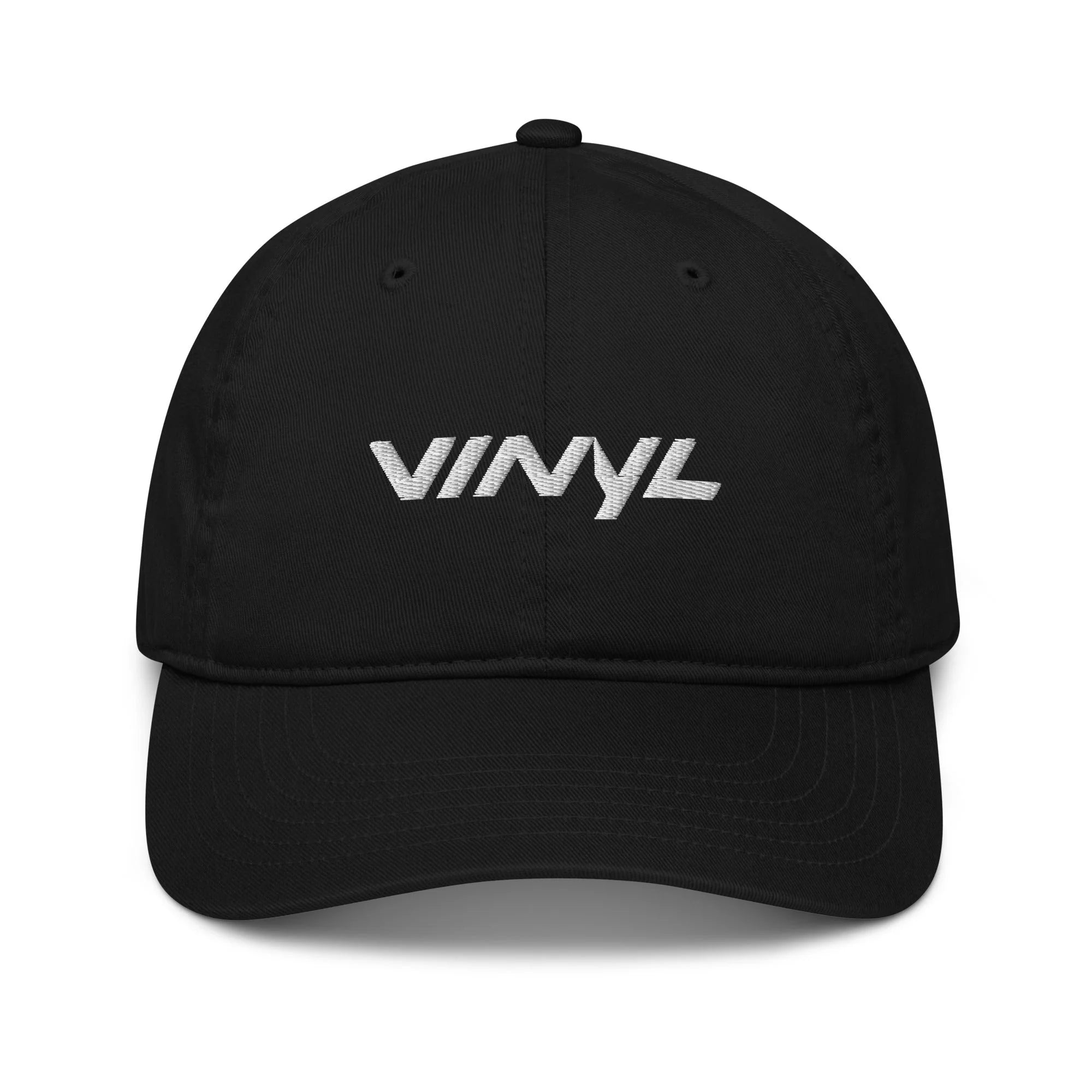Welcome to the timeless world of vinyl records, a universe where the warmth of analog sound reigns supreme. Whether you're a seasoned collector or a newcomer enchanted by the appeal of vinyl, these tips for preserving vinyl records will ensure that your cherished collection stands the test of time. When it comes to keeping your collection in top shape, it's crucial to identify the key areas that demand your attention. These involve proper handling, regular cleaning, meticulous storage, the use of quality sleeves for vinyl records, and turntable maintenance.
Handling and Cleaning Practices
There are recommended methods for handling vinyl records to avoid physical damage, as well as cleaning techniques to remove dust and debris. Grasping the art of handling vinyl begins with a conscientious touch. Imagine that you are an archivist handling a rare manuscript; the same level of care is required. Use the pads of your fingers to grip the edge of the vinyl, ensuring that no part of your skin comes into contact with the grooved surface.
A cardinal rule in vinyl maintenance is to avoid any action that could bring contaminants into contact with the record's surface. This means keeping your records away from smoky environments, food, or any other potential sources of debris. A common oversight is the temptation to blow on the vinyl to remove dust. This can introduce moisture and further contaminants. Instead, using a dedicated brush for dust removal is a key practice in maintaining vinyl records' longevity.
For those who may be less familiar with the peculiarities of vinyl, a brief tutorial can prevent accidents. It's not just about being cautious, but about instilling a sense of ritual and respect for the format. Educating others in your circle about the nuances of handling can become a shared aspect of the listening experience, fostering a communal effort to preserve vinyl collections.
Best Practices for Playback
Knowing proper playback habits can contribute to the longevity of vinyl records. Every nuance in the handling of a record has the potential to affect playback. From static electricity generated by improper rubbing to the subtle scratches from fingernails, these are the details that can diminish the sonic experience. By handling vinyl with deliberate care, the integrity of the grooves is upheld, ensuring that the playback remains true to the original recording. It's this dedication to detail that underscores the importance of handling in the realm of audio preservation.
Cleaning and Maintenance of Vinyl Records
The journey to a clean record starts with selecting the appropriate tools. A soft, anti-static brush is indispensable for daily dusting, while a deeper clean requires specialized solutions and cloths. Opt for a cleaning fluid specifically designed for vinyl. A balanced formula that won't harm the record's delicate grooves. A microfiber cloth is ideal for application, as it's gentle and won't leave any residue. This careful selection of tools and solutions is a fundamental practice in best practices for preserving vinyl records.
For a thorough clean, begin by placing your record on a clean, flat surface. Use the anti-static brush in a circular motion along the grooves to lift any loose dust. Apply a small amount of cleaning fluid to the microfiber cloth and wipe the record in a circular pattern, following the grooves. Be moderate with the fluid to avoid seeping into the label area. Rinse with distilled water if necessary, and let the record air dry completely before playing or storing. This methodical approach is key to cleaning vinyl records effectively without causing damage.
The frequency of cleaning your records will depend on how often they are played and the environment in which they are stored. As a rule of thumb, a light dusting before and after each play is recommended, with a deeper clean every few months or after extended storage. This routine helps in preserving vinyl records for sound quality, ensuring each listen is as crisp as the last.
For records that are especially valuable or fragile, consider a professional cleaning for vinyl records service. These services often use high-grade equipment such as ultrasonic cleaners, which can remove even the most stubborn dirt and grime without physical contact with the record. While not necessary for every record, it's a service worth considering for those special items in your collection. Turning to professionals is part of the process of preserving vinyl records that can safeguard the longevity and quality of your most prized records.
Storage Materials and Methods
Understand the types of sleeves, shelving, dividers, and other materials suitable for safely storing vinyl records for both short-term and long-term preservation. Storing vinyl records vertically is the golden standard. When records are placed upright, the risk of warping and unnecessary pressure is greatly minimized. However, there is a fine line between too loose and too tight; the records should be snug enough to stay upright but not so tight as to press against each other, which can cause groove damage over time. Ensuring the right balance is a nuanced aspect of storage techniques for vinyl records that can significantly mitigate the effects of aging.
Vinyl thrives in a stable environment. Constant temperature and humidity levels are key. Ideally, records should be stored in a cool, dry place where the temperature is around 65-70 degrees Fahrenheit, and the humidity is around 45-50%. Such conditions prevent the vinyl from becoming brittle and cracking. Additionally, fluctuations in temperature and humidity can lead to condensation and mold growth, which are detrimental to both the record sleeves and the vinyl itself. This understanding of the ideal conditions is crucial for preserving vinyl records for sound quality.
Direct sunlight and high humidity are adversaries of vinyl records. UV rays can cause vinyl to warp and fade record sleeves, while humidity can promote fungal growth that can irreparably damage the grooves. It's important to store your records away from windows and in areas with controlled humidity. Using a dehumidifier can help maintain the appropriate levels, especially in climates prone to moisture. These proactive steps are part of maintaining vinyl records' longevity by guarding against environmental threats. For those rare occasions when records need to be stored for long periods, additional precautions should be taken. Alongside maintaining the ideal climate conditions, ensure each record is housed in its sleeve, preferably lined with anti-static material. Records should be kept away from any vibration sources, as consistent shaking or vibration can cause micro-scratches over time. These considerations for long-term storage show a commitment to the meticulous care that a valuable vinyl collection demands.
Using Quality Sleeves and Covers
Inner and outer sleeves provide a dual-layer protection system for vinyl records. The inner sleeve guards the delicate grooved surface against dust and static, which can attract further debris and cause static pops when played. Anti-static sleeves are particularly beneficial as they reduce the chances of static electricity build-up, a common issue that can lead to dust attraction and sound degradation. The outer sleeve protects the album cover and the inner sleeve from wear, tear, and environmental damage. Together, they extend the lifespan of the record and maintain the pristine condition of the artwork and textual information.
When selecting sleeves, the material is of paramount importance. Polyethylene inner sleeves are a popular choice because they are soft and will not scratch the vinyl surface. For outer sleeves, polypropylene is a strong option, offering clarity and durability. It's also essential to avoid PVC sleeves, which can off-gas chemicals over time, potentially causing a reaction that can damage the vinyl. The quest for using quality sleeves for vinyl records involves understanding the materials' properties and their long-term effects on your collection.
Sleeves can wear out with time and need to be replaced to continue providing protection. Replacing old or damaged sleeves not only maintains the aesthetic of your collection but also ensures that the protective barrier against dust and moisture is intact.
While protection is crucial, accessibility should not be compromised. Sleeves should be easy to handle, allowing you to enjoy your music without struggling with tight or cumbersome enclosures. Archival-quality sleeves often strike this balance, offering protection without sacrificing the ease of sliding records in and out.
Turntable Maintenance for Record Longevity
The health of a vinyl collection is intricately linked to the condition of the turntable it's played on. A well-maintained turntable not only enhances listening pleasure but also prevents records from premature wear. In-depth care for this component of the vinyl system is essential for the overall preservation of your musical treasures. Keeping your turntable clean is as vital as cleaning your records. Dust and grime can accumulate on the platter, stylus, and even within the motor and tonearm mechanisms. Regularly dust the turntable with a soft, dry cloth and use a stylus cleaner for the needle to prevent debris from transferring to your records. Calibration is equally crucial; ensure that the tracking force and anti-skate settings are correct to prevent the stylus from wearing down the grooves of your records or causing mistracking that distorts audio fidelity. This routine not only preserves the turntable but is also a critical element in preserving vinyl records for sound quality.
The stylus, or needle, is the point of contact between your turntable and the record's grooves. A worn or damaged stylus can irreparably harm the delicate grooves of a vinyl record, leading to audio degradation or, worse, skipping and scratching. Monitoring the stylus for wear and replacing it before it becomes a problem is a proactive measure that can prolong the life of your records significantly. It's an often overlooked yet essential aspect of maintaining vinyl records' longevity.
Over time, upgrading certain components of your turntable can result in improved sound quality and reduced wear on your vinyl. Components like the platter, tonearm, and cartridge can all be upgraded for better performance. High-quality components reduce vibration and ensure precise tracking, which translates to less wear on records and improved audio output. Investing in these upgrades is an advanced technique in best practices for preserving vinyl records.
Turntable maintenance should go hand-in-hand with record care. Scheduling a regular maintenance session for your turntable, perhaps every time you deep-clean your records, ensures that neither part of your system degrades over time. This synchronized approach to care ensures that every record sounds its best every time it's played and remains a source of joy for years to come. It's the harmony between the turntable and the records that embodies the essence of a well-curated vinyl experience.
Common Mistakes to Avoid
Even the most passionate vinyl enthusiasts can fall into habits that unintentionally put their records at risk. Here are some of the most common errors people make:
Storing Records in Unstable Environments: One of the most frequent mistakes is keeping vinyl records in places exposed to extreme temperatures or humidity, such as attics, basements, or near windows. These conditions can cause warping, mold growth, and permanent damage to both the records and their sleeves. To prevent this, always store your collection in a cool, dry space with stable temperature and humidity, away from direct sunlight and sources of moisture.
Stacking or Leaning Records Incorrectly: Piling records flat or allowing them to lean at sharp angles places uneven pressure on the vinyl, leading to warping and groove distortion over time. Instead, always store records vertically and ensure they are snug but not tightly packed. Use sturdy dividers every few inches to keep them upright and prevent leaning, which helps maintain their shape and sound quality for years to come.
Using Inadequate or Damaging Sleeves: Many collectors overlook the importance of quality inner and outer sleeves. Using paper sleeves or leaving records unsleeved can lead to scratches, dust buildup, and static electricity. To avoid these issues, opt for anti-static polyethylene or polypropylene inner sleeves and protective outer sleeves. Replace worn or damaged sleeves promptly to ensure continuous protection against dust, static, and physical wear.
Neglecting Regular Inspection and Maintenance: Failing to conduct routine checks for dust, mold, or sleeve deterioration can allow minor issues to escalate into major damage. Make it a habit to inspect your records and their sleeves periodically for any signs of trouble.
By steering clear of these common pitfalls, you can safeguard your vinyl records and enjoy their rich, analog sound for decades. Proactive care and attention to detail are the keys to ensuring your collection remains a source of pride and listening pleasure.
There's an undeniable joy in dropping the needle onto a well-preserved record and hearing it play flawlessly, just as it was meant to be heard. A well-maintained collection is a source of pride and enjoyment that stands the test of time, providing an authentic listening experience that digital formats cannot replicate. It's this joy that drives the dedication to the preservation of vinyl collections. Keep your collection spinning for decades to come with Vinyl.com, and shop premium records made for true audiophiles and collectors. The crackle and pop of a record are not just sounds but the heartbeat of a timeless medium.

![Various Artists - Once Upon A Time: The Tarantino Sound [Red 180-Gram]](http://vinyl.com/cdn/shop/files/4376720-3283530.jpg?v=1733870948&width=5760)



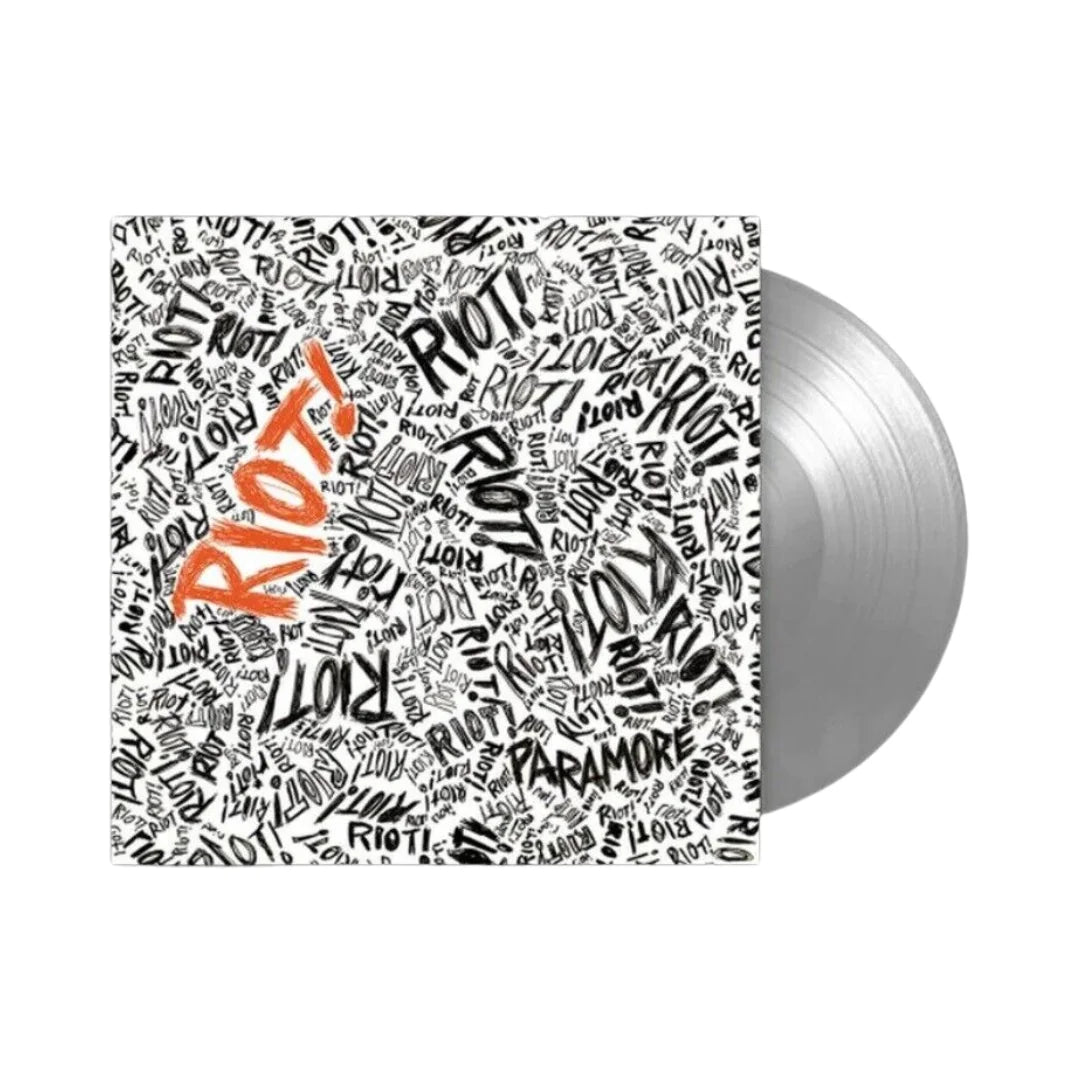

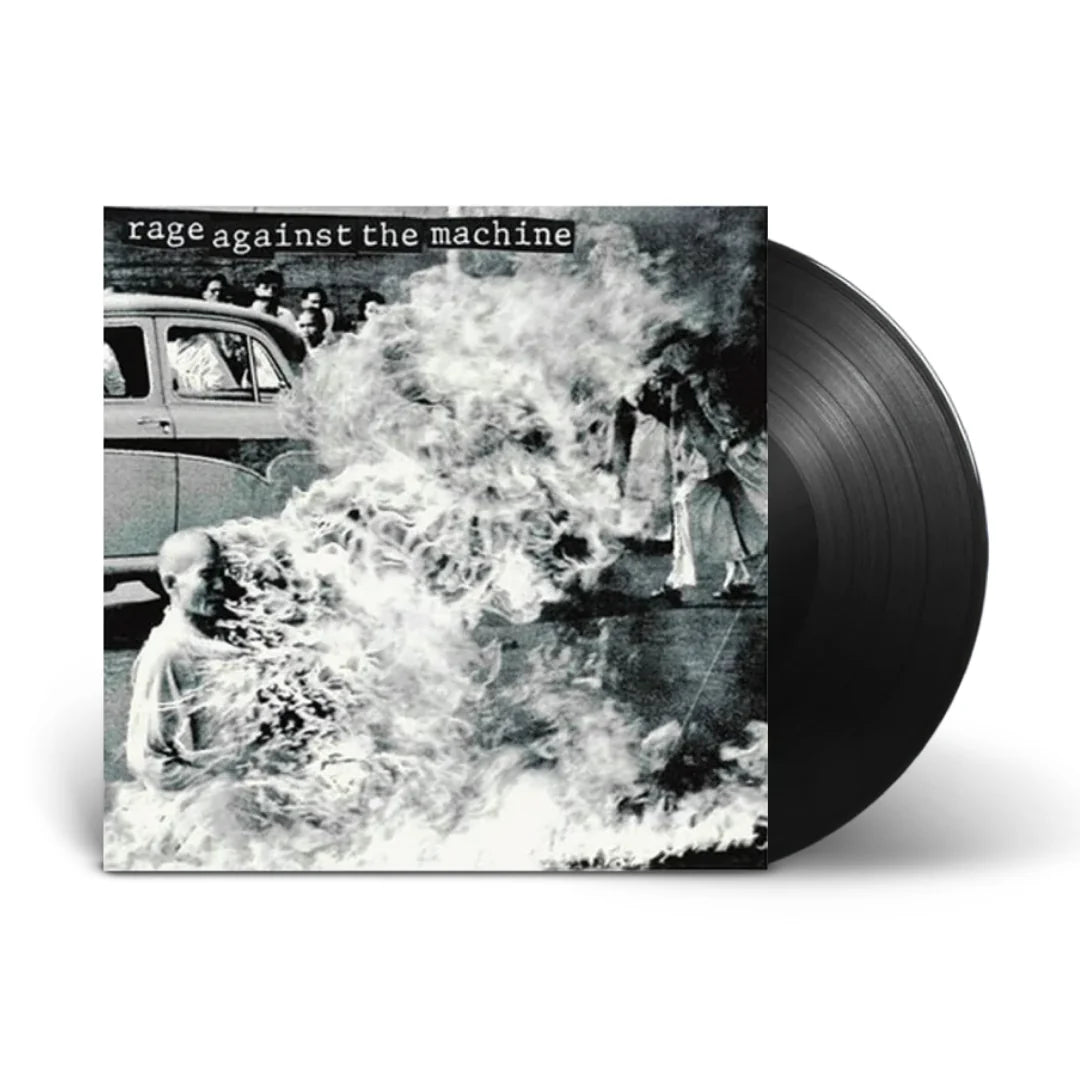

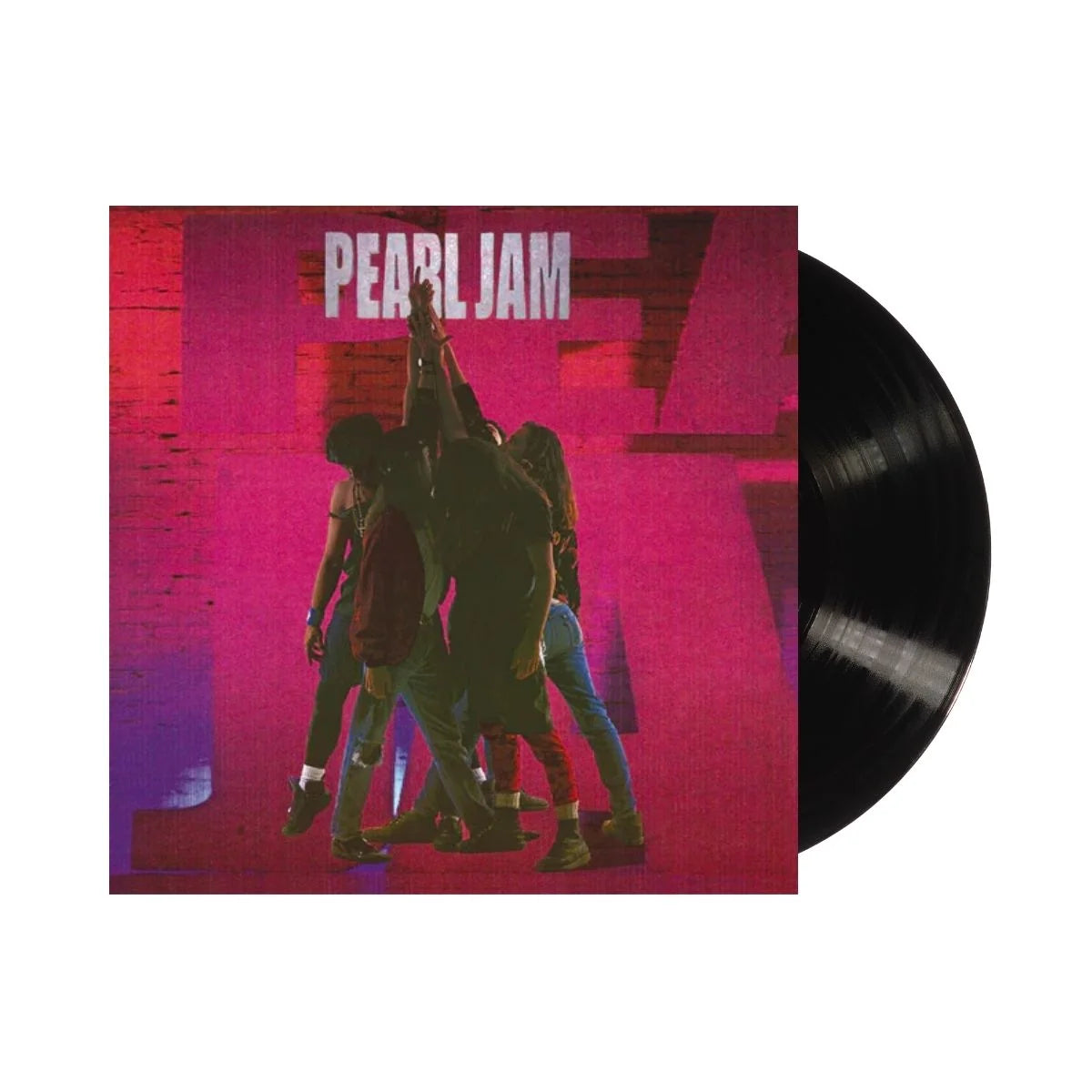
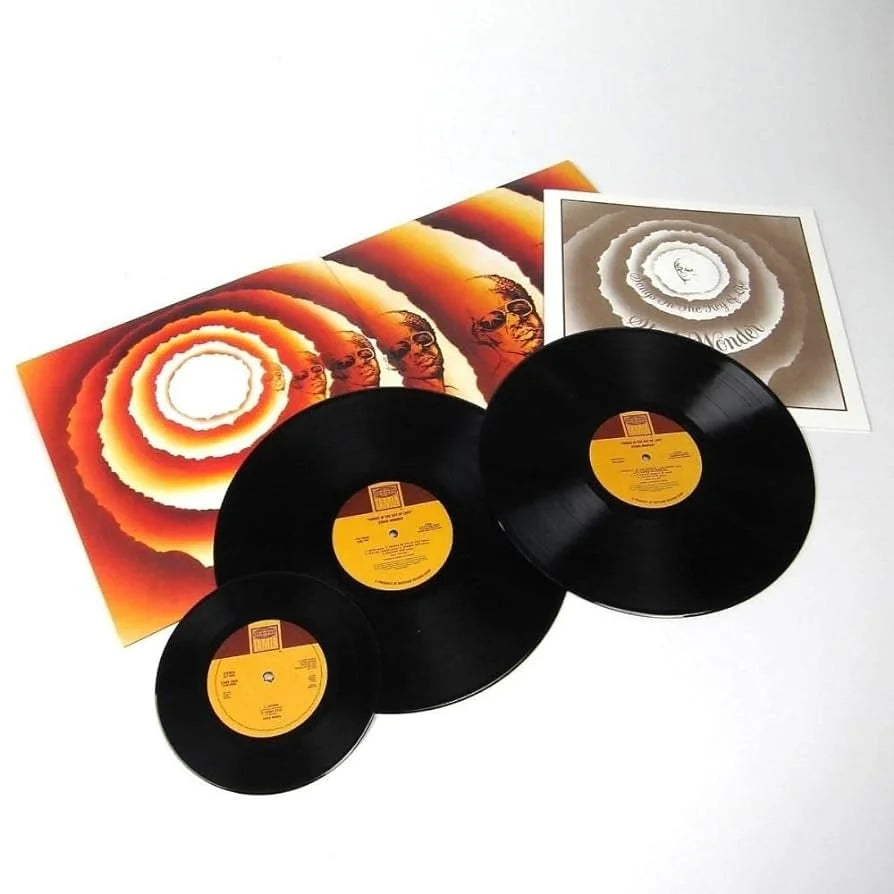
![Fleetwood Mac - Fleetwood Mac 1975 To 1987 [Clear 6LP Box Set]](http://vinyl.com/cdn/shop/files/2RHILP81833__61378.jpg?v=1743391443&width=5760)
![The Grateful Dead - The Music Never Stopped [6LP Box Set]](http://vinyl.com/cdn/shop/files/The_Grateful_Dead-The_Music_Never_Stopped__6LP_Box_Set.jpg?v=1747729623&width=5760)
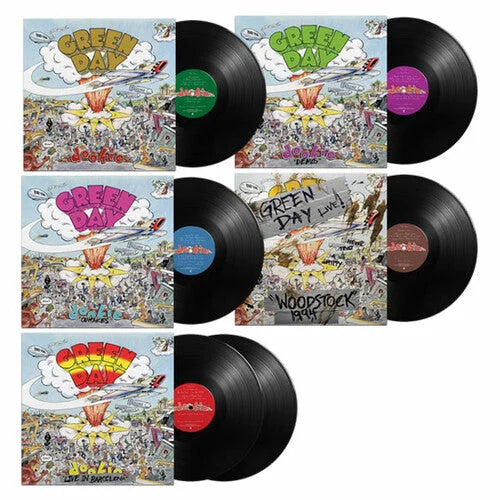



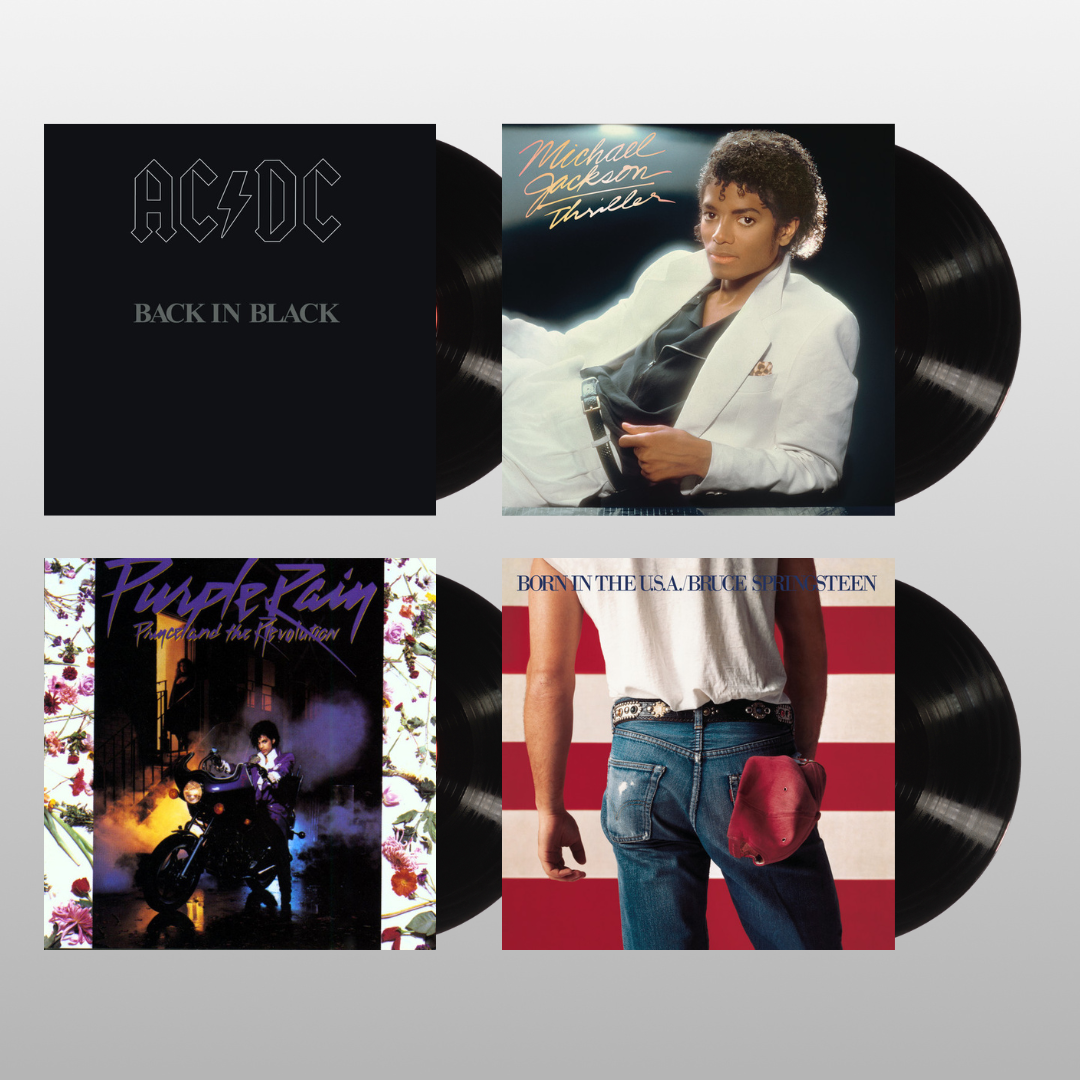

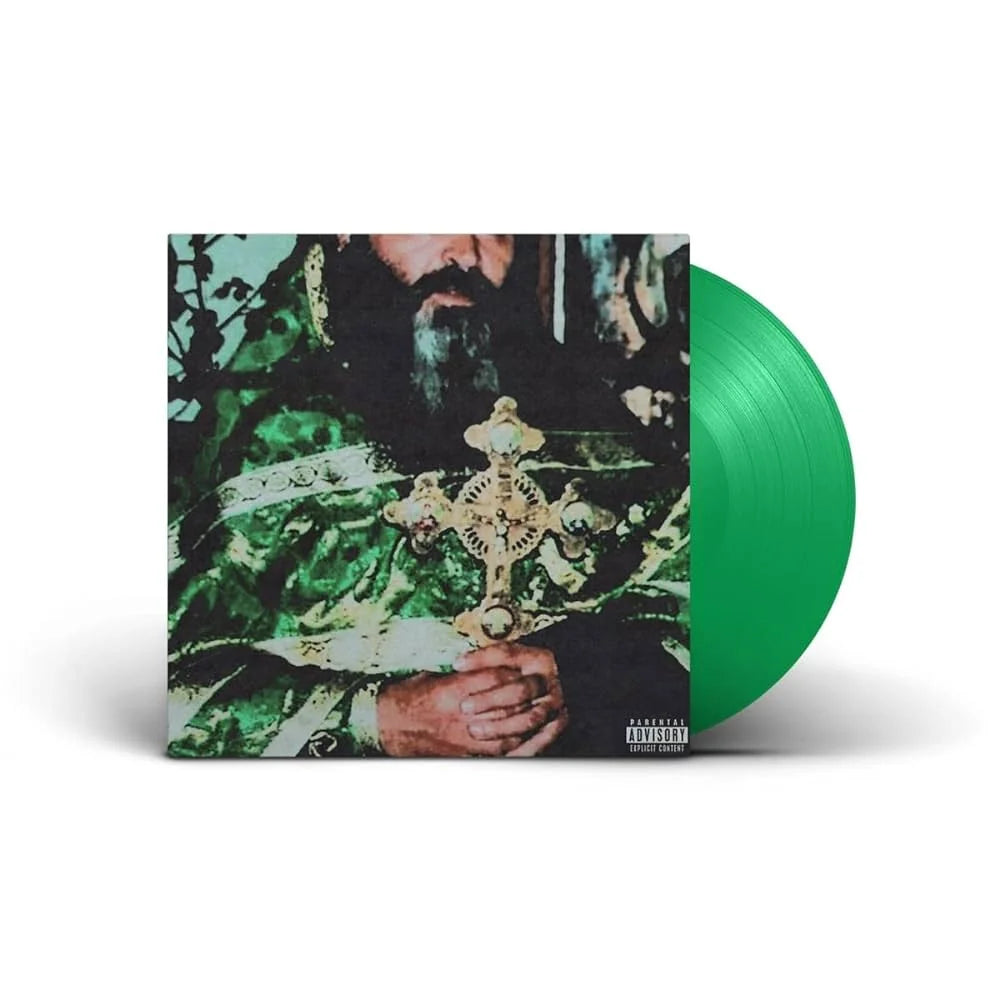
![$Uicideboy$ - Thy Kingdom Come [Clear]](http://vinyl.com/cdn/shop/files/4435583-3407920.jpg?v=1754460746&width=5760)
![(hed) p.e. - New And Improved [Pink]](http://vinyl.com/cdn/shop/files/4425252-3389420.jpg?v=1746578880&width=5760)




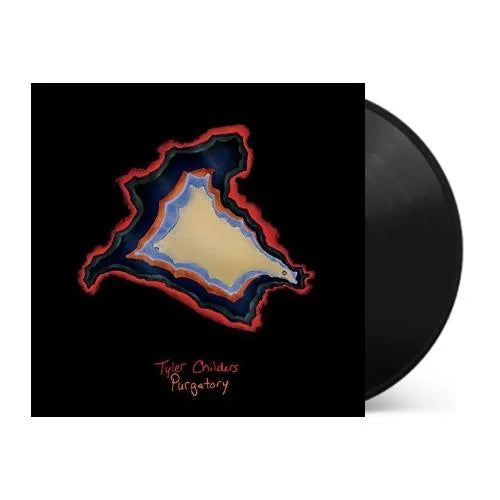
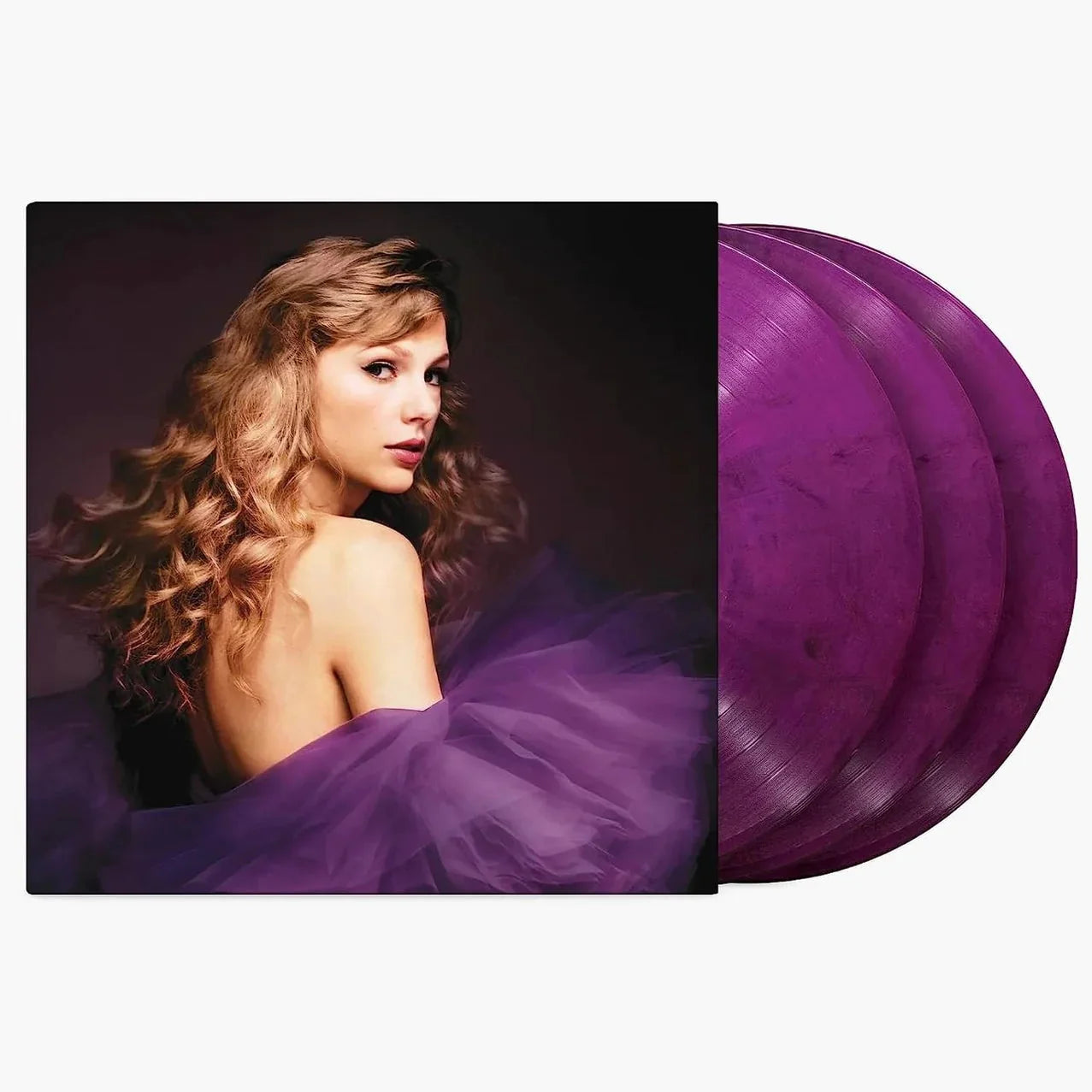
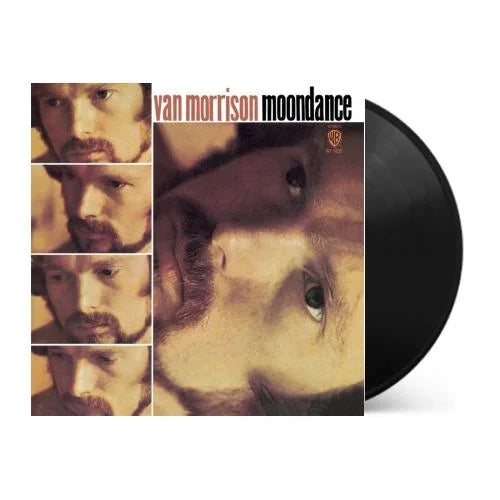

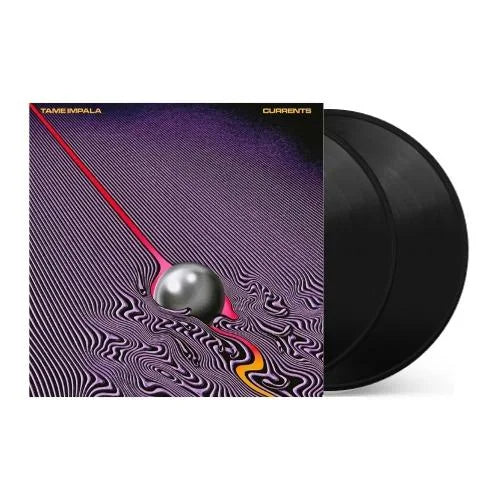
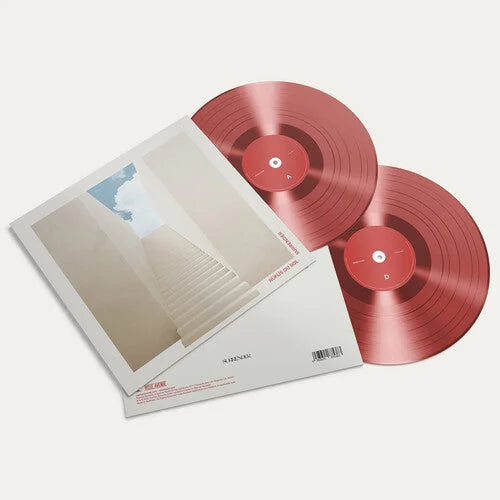


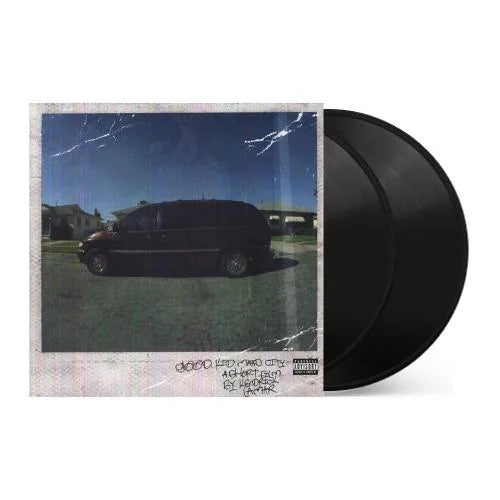
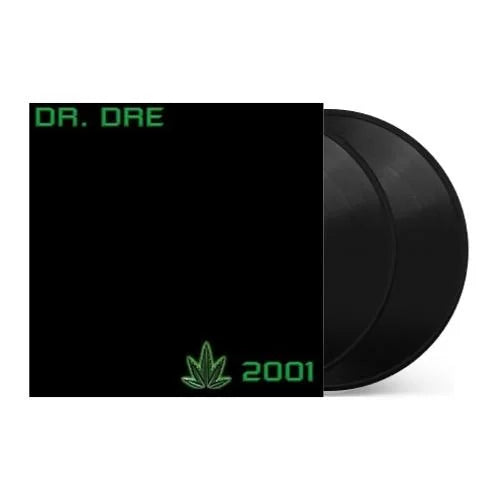
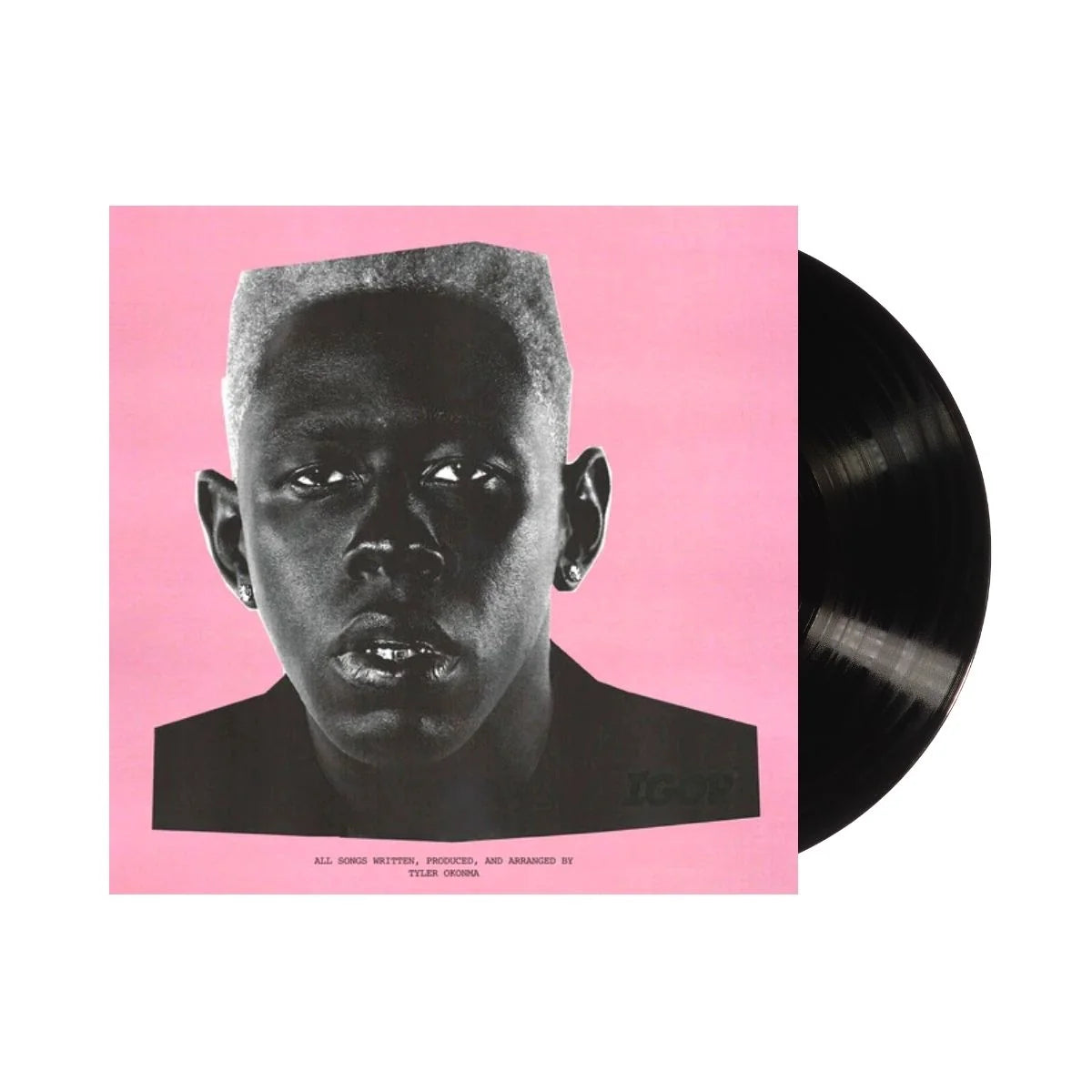
![Miles Davis - Kind of Blue [180-gram]](http://vinyl.com/cdn/shop/files/Y4LPMD03.webp?v=1742198237&width=5760)

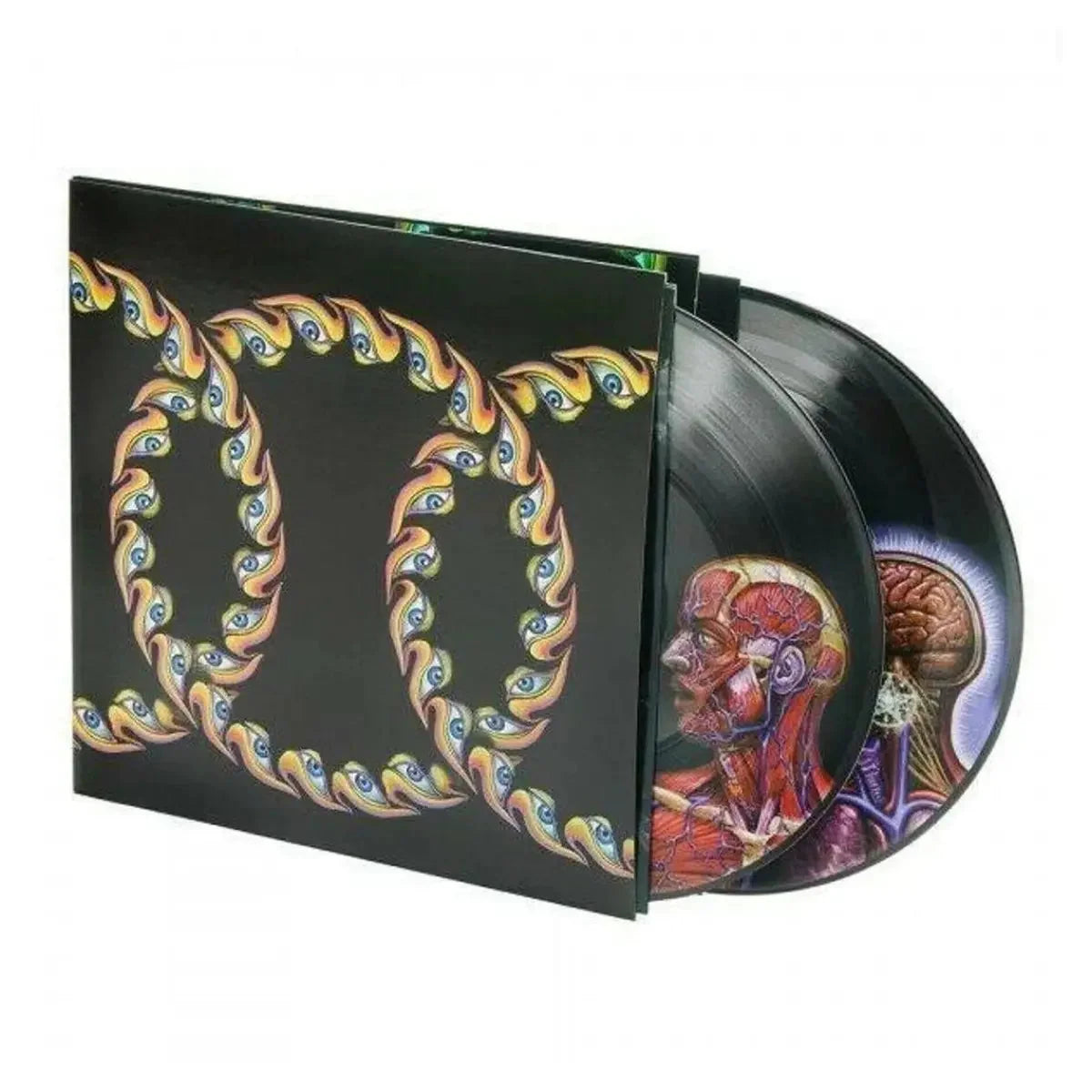
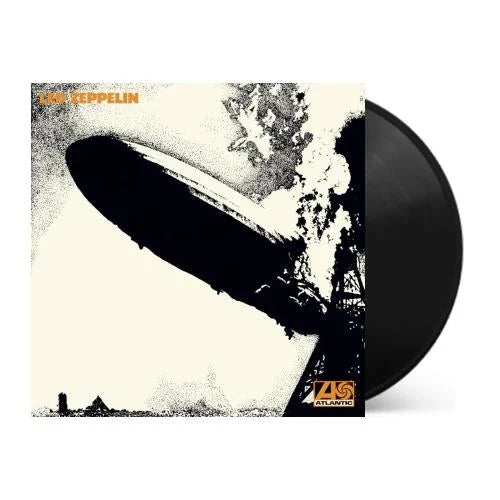
![Taylor Swift - 1989 (Taylor's Version) [2LP Crystal Skies Blue]](http://vinyl.com/cdn/shop/files/taylor_swift_1989_taylors_version.jpg?v=1734389117&width=5760)
![Taylor Swift - folklore [Beige 2LP]](http://vinyl.com/cdn/shop/files/477929-Product-0-I-637317959467683009_grande_a6f82db0-1cb7-45c5-8892-ed79af261e80.webp?v=1736750683&width=5760)
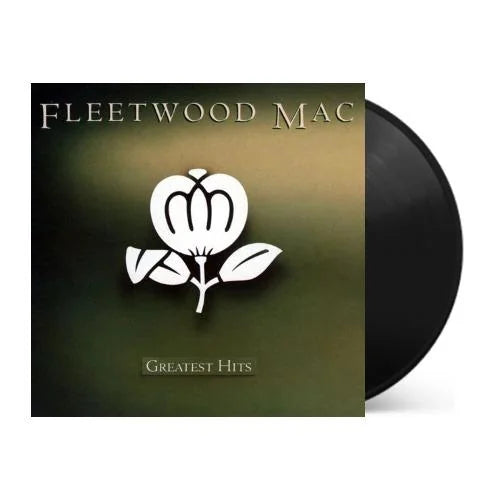

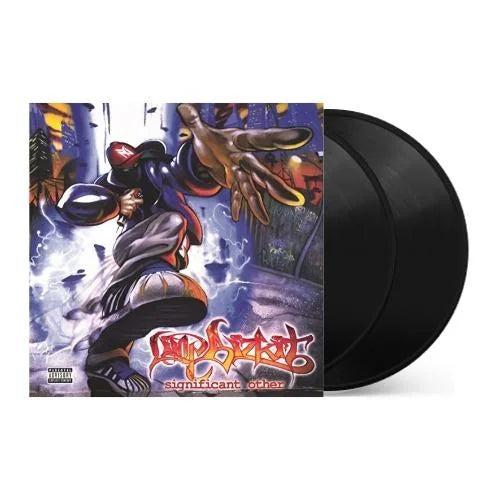




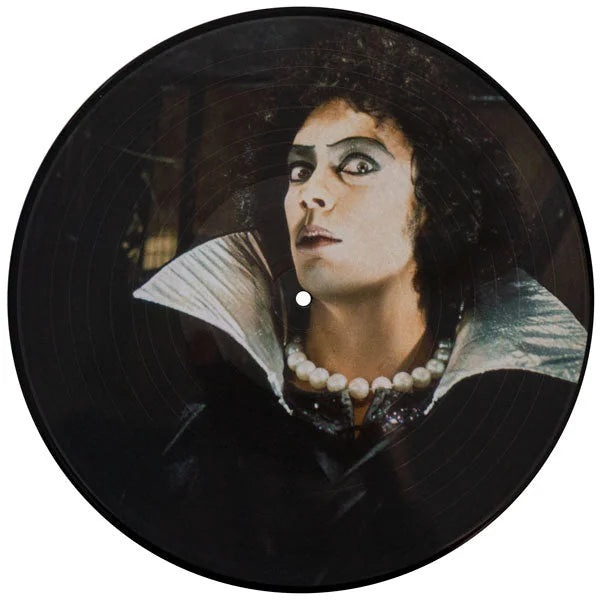

![Transformers: The Movie (Original Soundtrack) [Unicron Marbled 180-Gram]](http://vinyl.com/cdn/shop/files/4417308-3378319.jpg?v=1745982250&width=5760)






